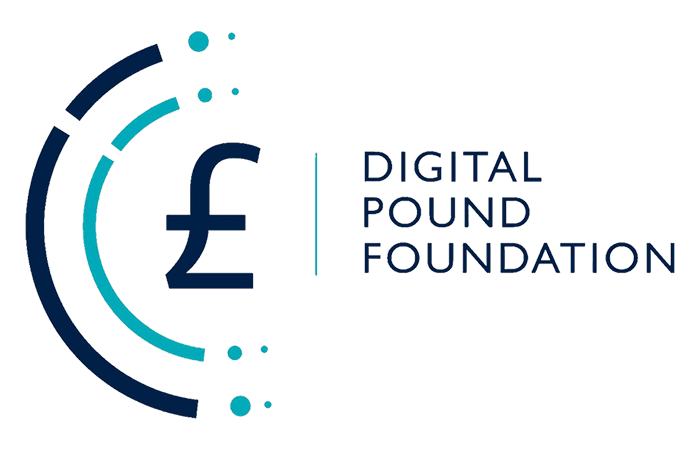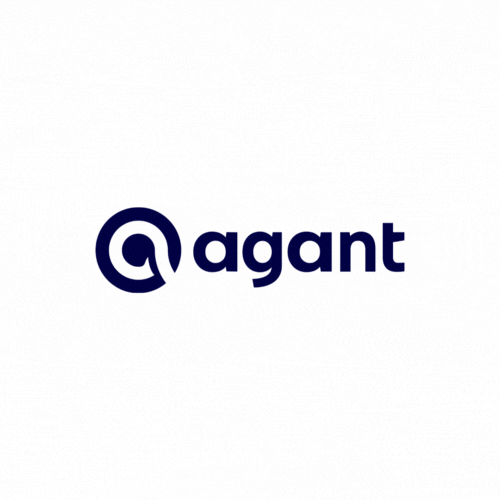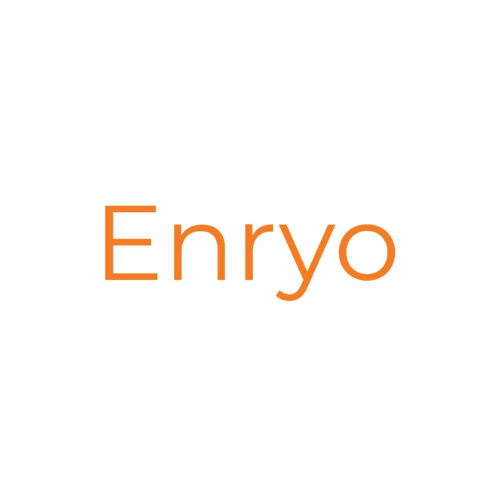Last week, the Banco Central do Brasil officially announced a delay in its DREX central bank digital currency (CBDC) project, citing the need to further explore privacy solutions. In the interim, the bank plans to commence phase two, which will broaden the range of use cases. A call for suggestions is expected in the third quarter, with testing of additional applications scheduled for the first half of 2025. As the project expands, the governance structure will need to adapt, likely incorporating the Securities and Exchange Commission (CVM), which observed phase one.
DREX is designed as a wholesale CBDC solution, with the digital Real (official currency of Brazil) utilised for interbank settlements. The retail version is presented as tokenised deposits from commercial banks. The project focuses on enabling programmability and leveraging blockchain and tokenisation for financial transactions, such as investments.
In the first phase, the DREX platform included three assets and one application. These assets were the wholesale CBDC, tokenised deposits, and digital treasury bonds (Federal public bonds). The central bank used smart contracts to manage their issuance, transfer, and settlement. The second phase promises more excitement with a wider array of use cases. The involvement of securities necessitates CVM’s role in governance.
The central bank’s announcement of the delay emphasised that the privacy solutions tested thus far in the pilot have not demonstrated the requisite maturity to ensure compliance with all legal requirements for safeguarding citizens’ privacy, despite their evolution over time. However, the bank’s project team emphasised that this is an ongoing effort. They planned to assess privacy functionality through May, but the work remains incomplete. They noted that their use case, involving two currencies and the Federal bond, was particularly complex, leading to issues. Some challenges were unrelated to basic transactions but arose in testing delivery versus payment.
The DREX platform employs a permissioned version of the Hyperledger Besu Ethereum client, with multiple parties hosting the blockchain nodes. Given the inherent transparency of blockchains, a privacy solution is necessary to comply with banking privacy regulations.
To date, the central bank has tested three privacy solutions: Anonymous Zether, Ernst and Young’s Starlight, and Parfin’s Rayls. The first did not meet their needs, but EY and Parfin have adapted their solutions. The latest EY iteration has just been received, and the updated Parfin solution requires extensive testing. Thus, the status of testing is more a work in progress than a failure. These solutions are quite advanced, with limited track records. Additionally, Microsoft, a pilot participant, proposed its solution ZKP Nova, which the central bank is starting to explore. Technically, Anonymous Zether, Starlight, and ZKP Nova involve zero-knowledge proofs, whereas Rayls is a blockchain interoperability solution that integrates private blockchains using private bridges. Accenture supports Parfin, the developer of Rayls, which counts Brazil’s stock exchange as a client and is partnering with Santander for the digital Real pilots.































































